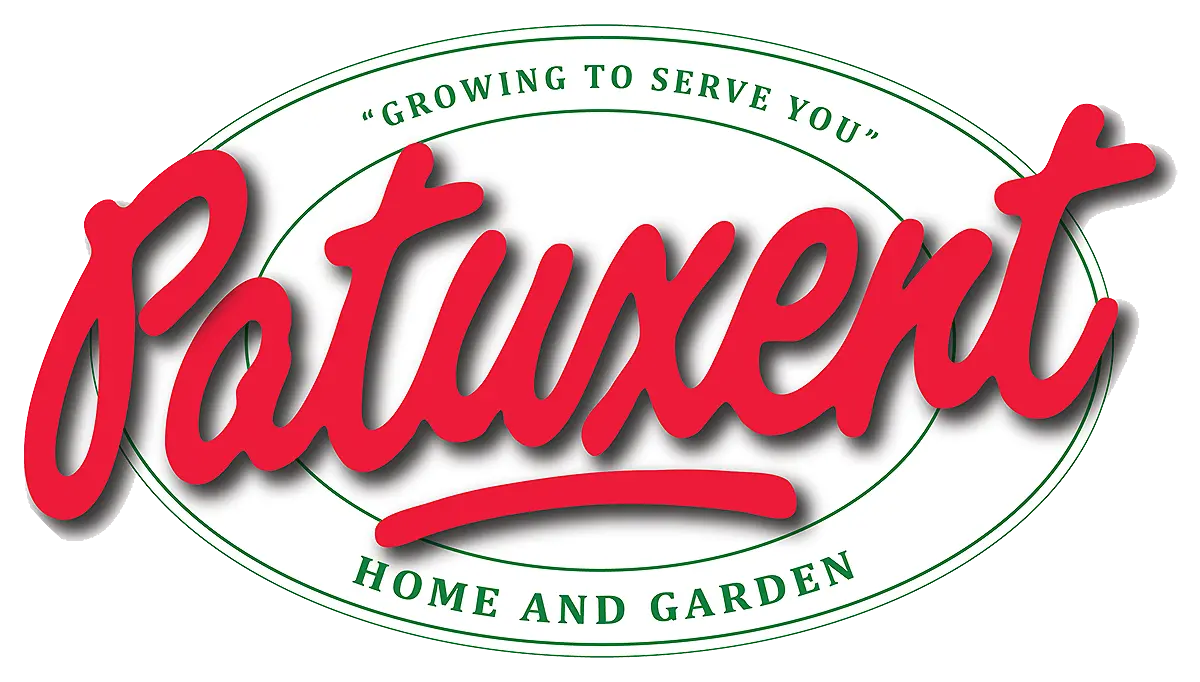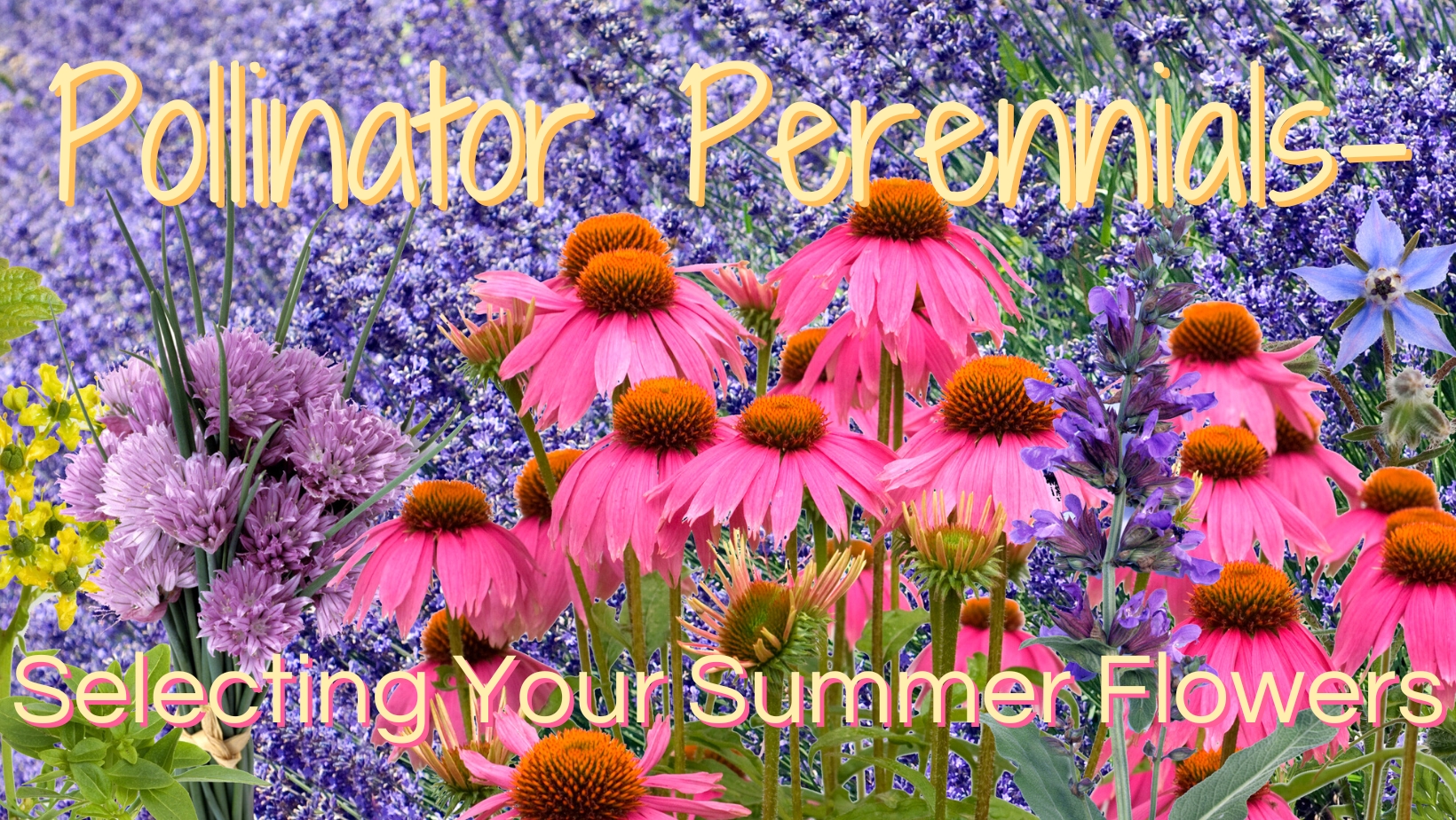Save the bees and plant a pollinator perennial garden today!
Creating a garden filled with pollinator perennials establishes much-needed habitats and food sources for bees, butterflies, and more. The extensive color variations of pollinator perennials will not only enhance your curb appeal, but pollinators such as birds, butterflies, and bees will be racing to visit your landscape!
Unlike annuals that need to be replanted every year, perennials only need to be planted once to continually produce blooms and draw pollinators to your garden. This makes them perfect for gardeners looking for a low-maintenance landscape that will shine year after year.

How To Plant A Pollinator Garden
When choosing which perennials to plant, it is best to choose native plants. Garden plants that have adapted to your climate and soil conditions will yield the best results and require minimal maintenance.
Another factor to consider is which pollinators you are looking to attract. Butterflies are fascinated by red, orange, yellow, pink, and purple blooms, while bees prefer blue, purple, white, and yellow for their nectar sources.
The final factor to consider is mass planting. Perennials are most effective in supporting pollinators when they are planted in groups. A variety of pollinator plants provide these critters with an enticing smorgasbord of nectar and pollen to feast on throughout the summer.

Maintaining Your Pollinator Garden
Maintaining your pollinator garden goes beyond fertilization and watering with these plants. It is best to clean up your garden as little as possible. In a pollinator garden, it is actually preferred to leave the occasional fallen limb or foliage because these quickly become a home for native pollinators.
Similarly, butterflies prefer natural compost and organic materials. Laying some leftover fruits at the base of the plant is one of the best ways for attracting butterflies. It is important, however, to remove intruding weeds that could threaten the plant’s nutrient supply.
When protecting your plants, make sure to not harm the pollinators. Pesticides are extremely dangerous for bees, so avoid them whenever possible. If you choose to use pesticides, opt for less-toxic versions and spray at night when pollinators are not around.

Our Favorite Pollinator Perennials
Here are a few of our favorite pollinator perennials that are blooming now and ready for you to pick up at Patuxent Nursery:
Aromatic Perennials:
Provence Lavender (Lavendula x intermedia ‘Provence’):
Popular for its profound fragrance, this compact plant makes a great addition to your perennial garden. Its intense light purple blooms make Provence Lavender perfect for a wildflower garden. While preferring well-drained but wet soil, they are able to withstand rock gardens and dry climates. Cut and dry their blooms to bring the fragrance of Provence Lavender inside!
Frosty Fire Pinks Dianthus (Dianthus Frosty Fire)
This long-blooming perennial will blanket your garden with a plethora of red flowers held up by blue-green stems. This plant is perfect for borders or a cottage garden but can thrive even in rock gardens. No-fuss and fragrant, Frosty Fire Pinks Dianthus prefers full to partial sun and well-drained soils. This perennial is also deer-resistant.
Deer Resistant Perennials:
Moonshine Yarrow (Achillea ‘Moonshine’)
This native perennial has silvery fern-like leaves with milky moon white to yellow blooms. Moonshine Yarrow prefers full sun and is wonderful to add to a wildflower garden. It reaches 18-24 inches tall, also making it great for cut flower arrangements!
Grape Gumball Bee Balm (Monarda ‘Grape Gumball’)
Growing up to 2 feet tall and wide, the Grape Gumball Bee Balm produces aromatic, purple flowers that are supported by strong, green stems. When cut, these flowers are a beautiful addition to your house. Their unique blooms will attract loads of hummingbirds, butterflies, and bees to your home!
Day Break Tickseed (Coreopsis ‘Day Break’)
Starting in summer and lasting through mid-fall, this perennial blankets your garden with yellow and red flowers accented by their surrounding green foliage. Coreopsis Day Break can be a beautiful addition to hanging baskets or containers. However, adding them to a border garden along with other pollinator-friendly plants can make them especially alluring to pollinators.
Long-Blooming Perennials:
Purrsian Blue Catmint (Nepeta faasenii ‘Purrsian Blue’)
This deer-resistant perennial offers a kaleidoscope of colors! It blooms in shades of blue and purple from May all the way through September. Its foliage offers a gradient of bright green to brick red. Reaching heights between 14-18 inches, Purrsian Blue Catmint adds great depth to any garden!
Grosso Lavender (Lavendula x intermedia ‘Grosso’)
Similar to Provence Lavender, Grosso Lavender also has an alluring aroma that will fill your garden and attract pollinators. The main difference between the two is the color; Grosso Lavender has violet-blue blooms that top green stems. Best complemented with rustic finishes or in traditional mixed borders, this plant is a classic addition to your landscape.
Stop by and speak with our plant experts today to start building the perennial pollinator garden of your dreams!


Leave a Comment
You must be logged in to post a comment.